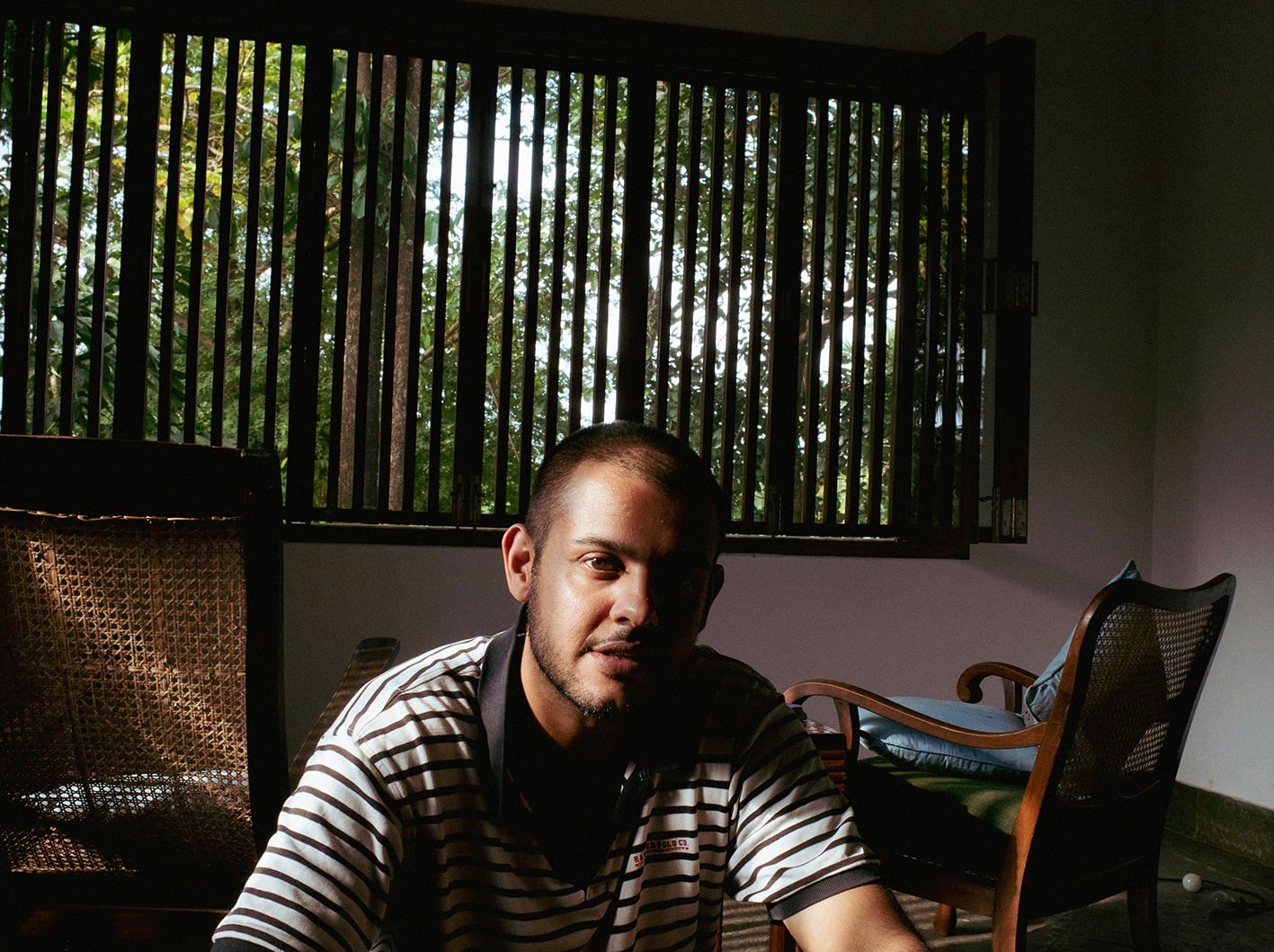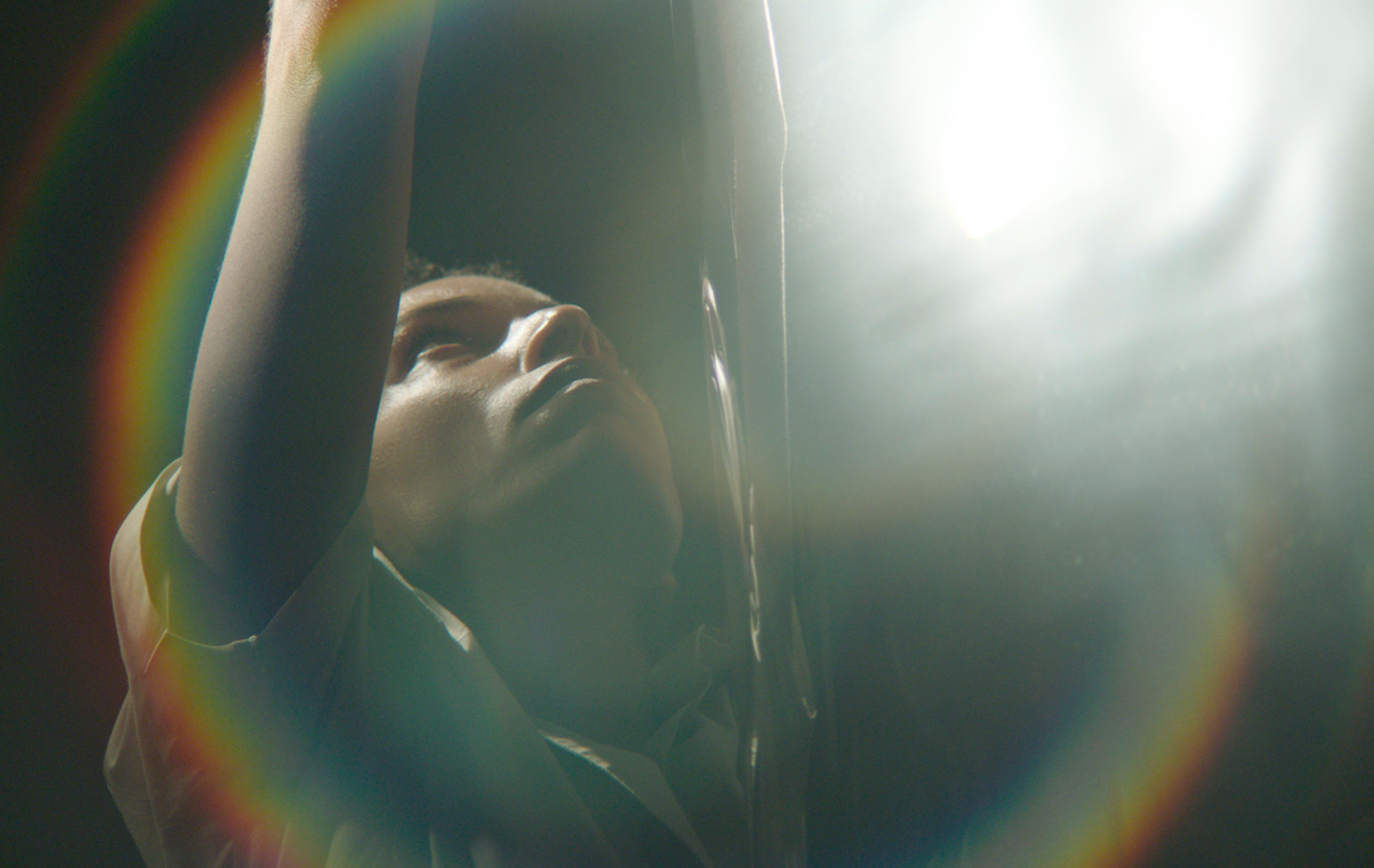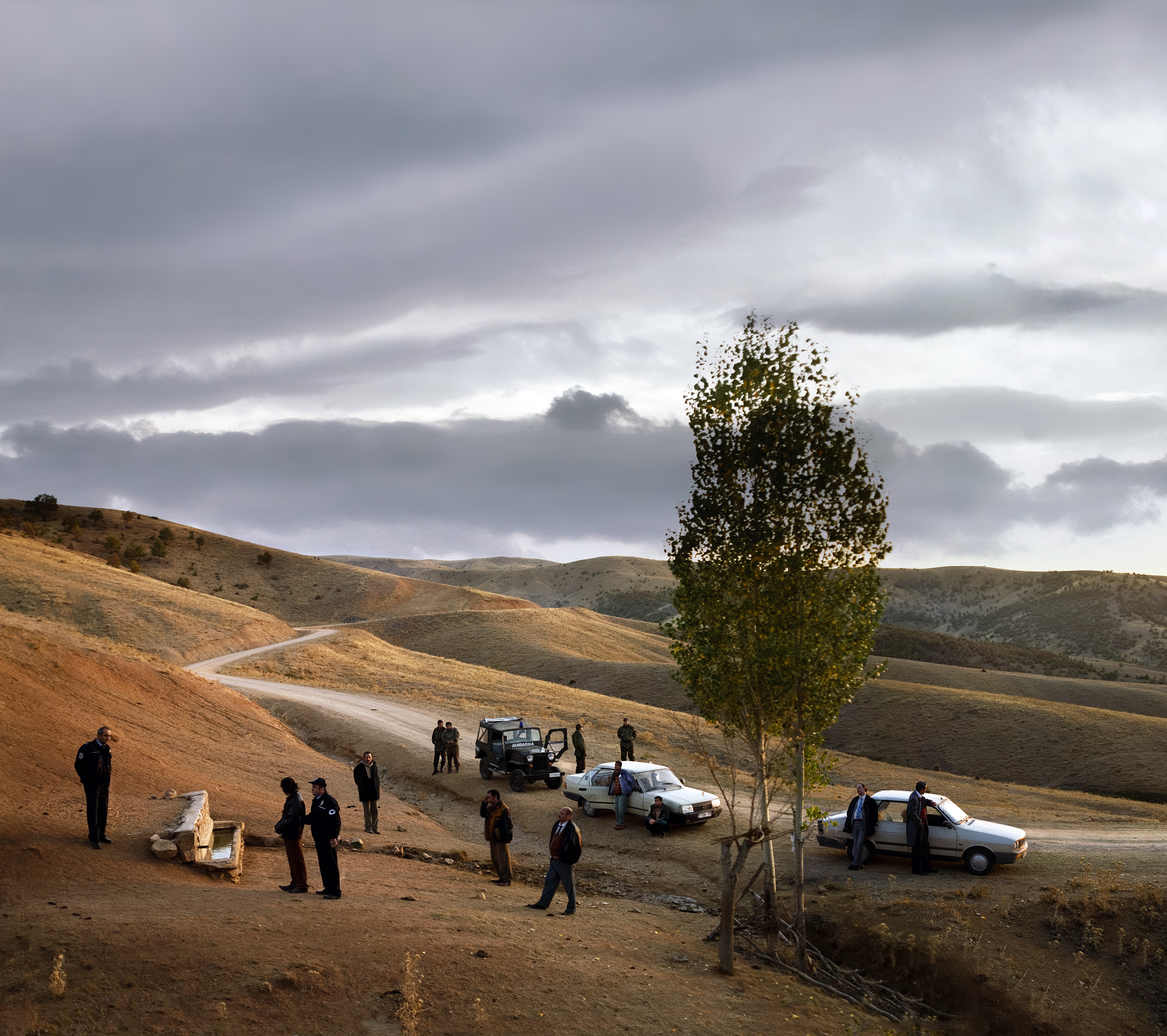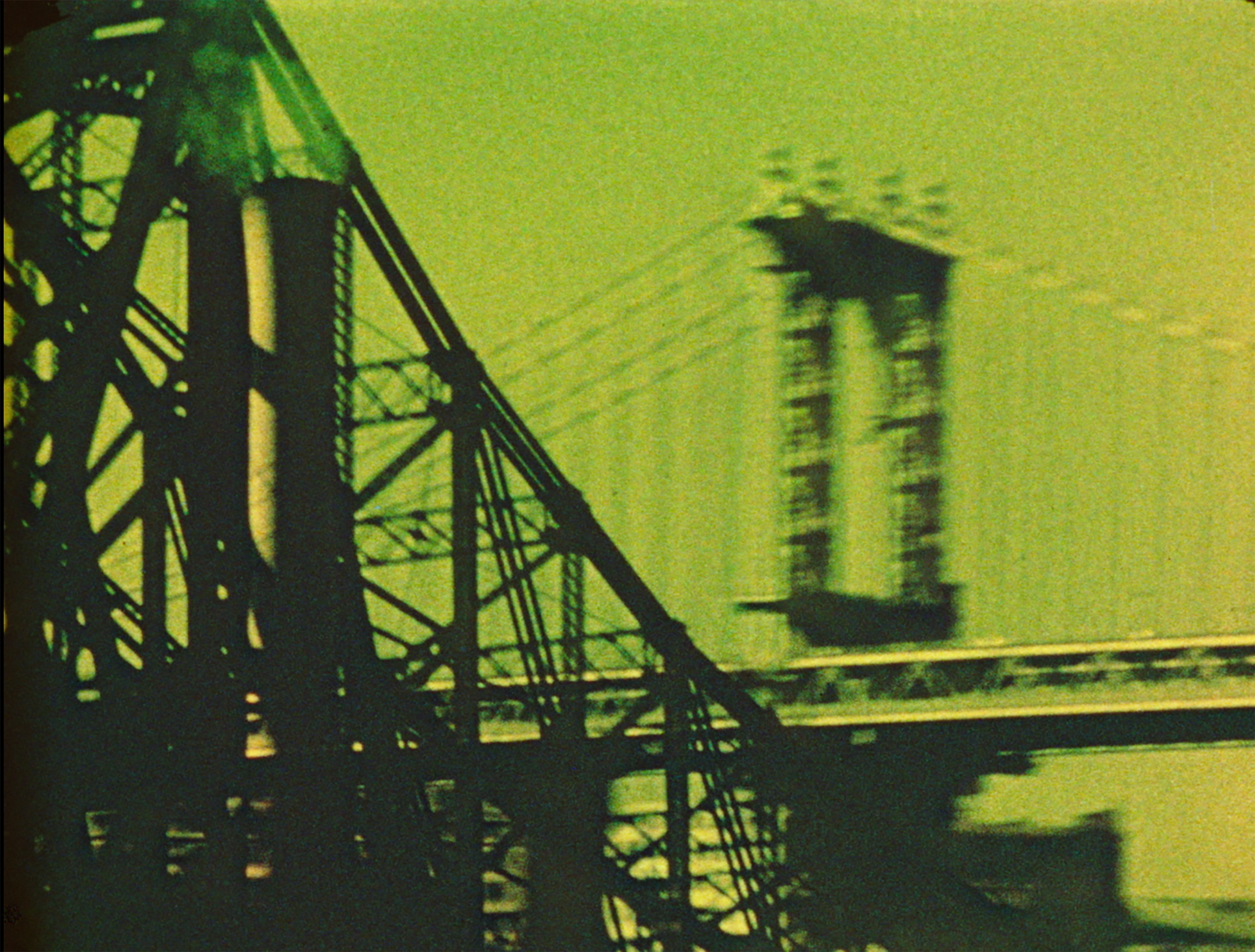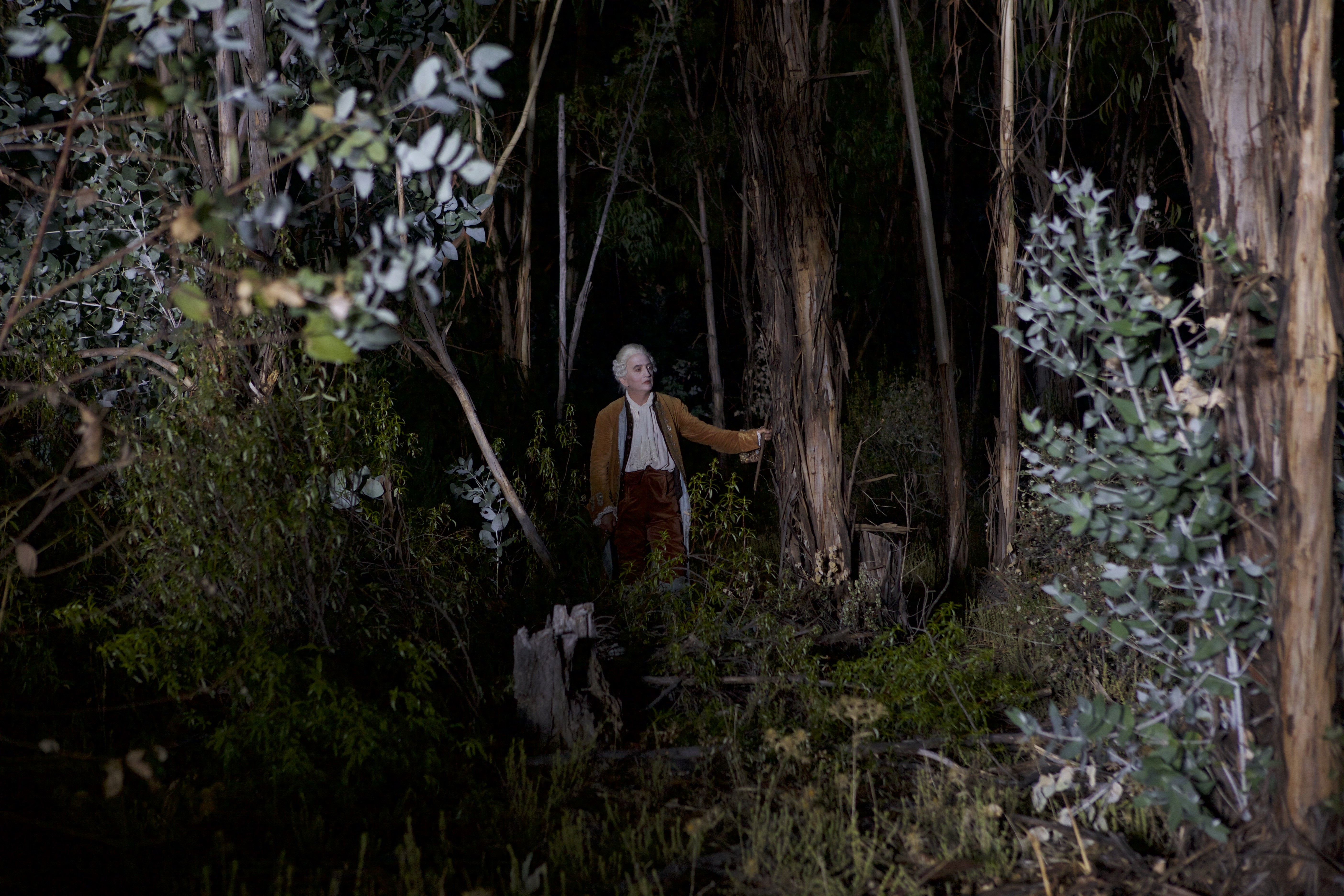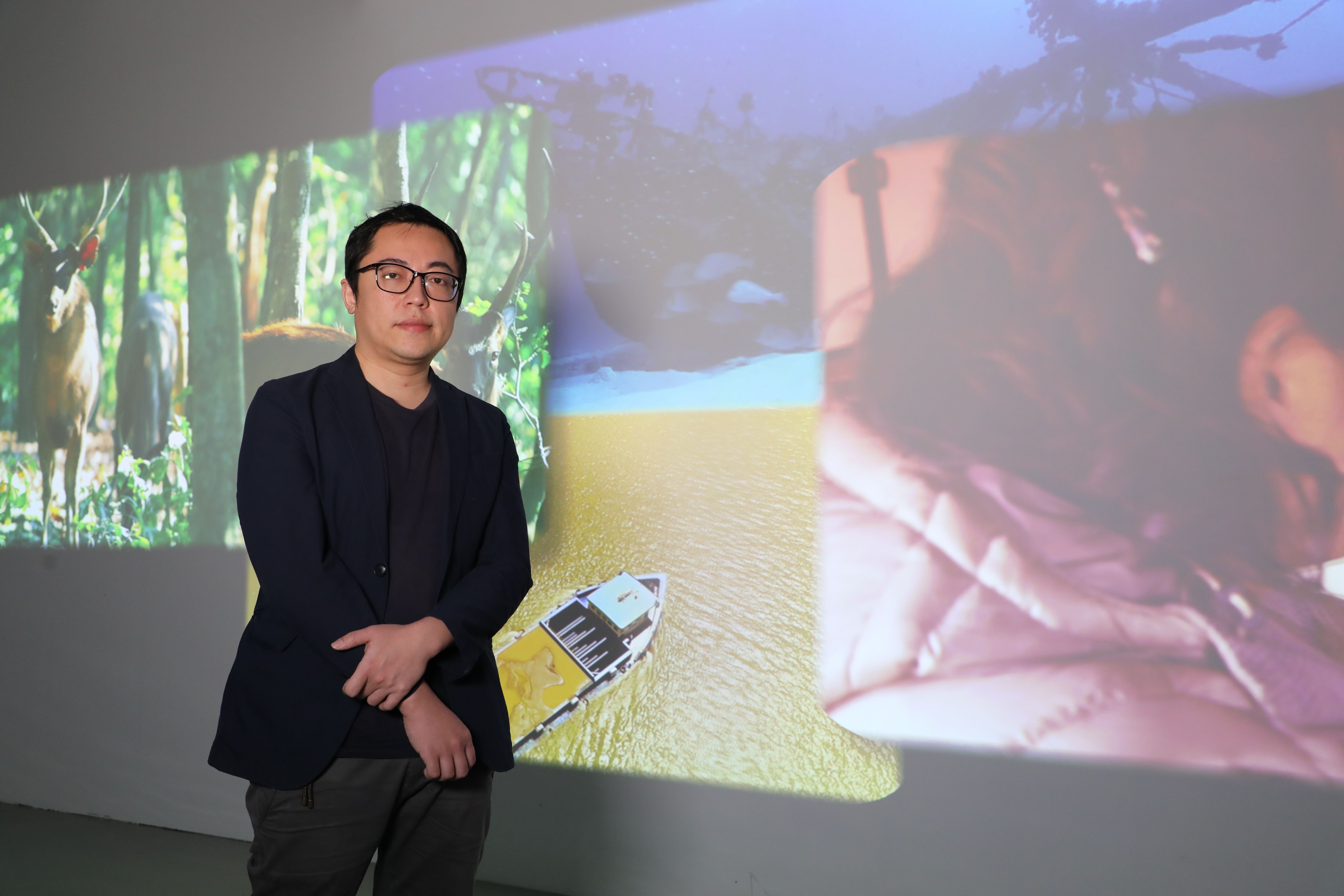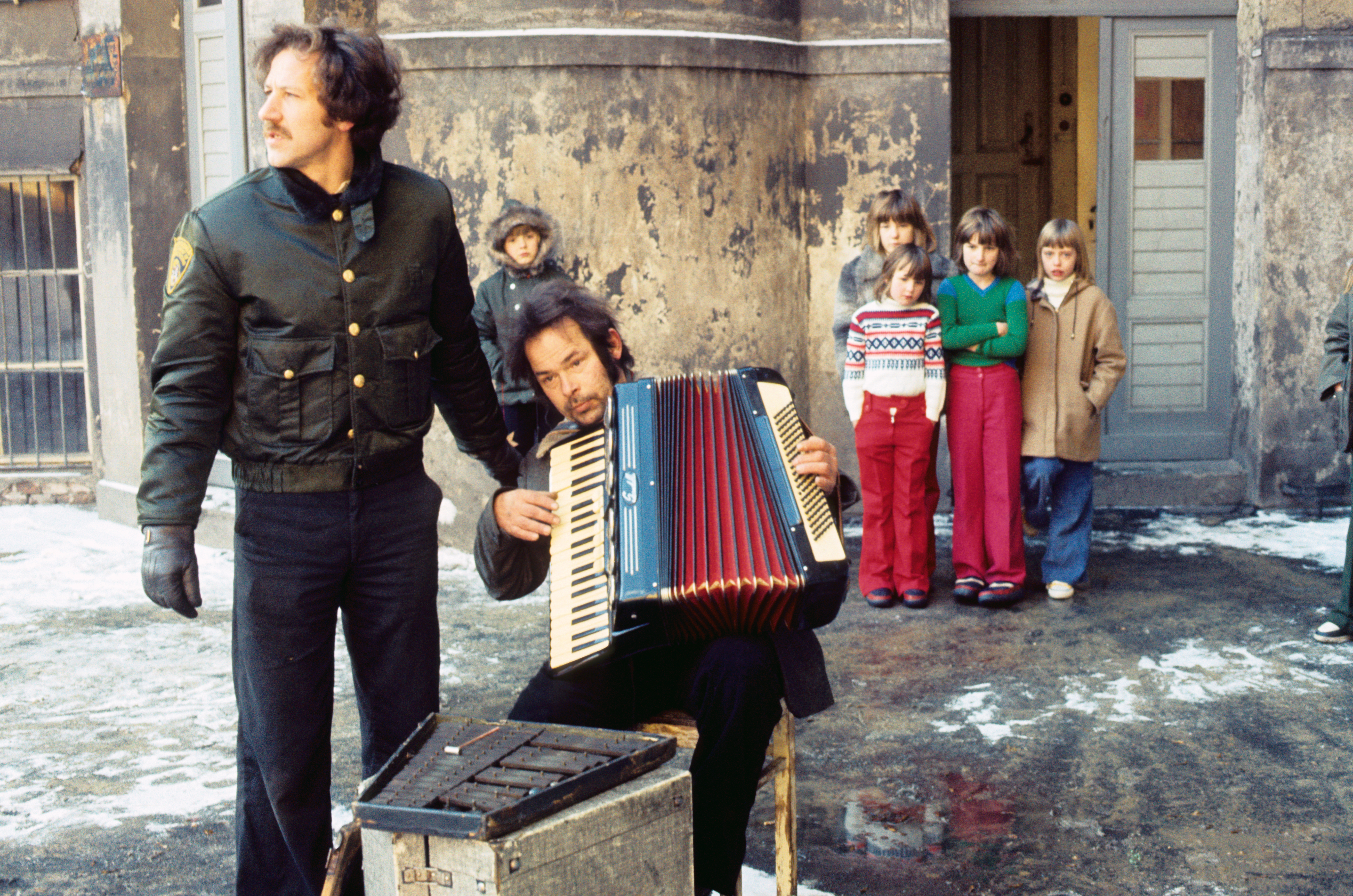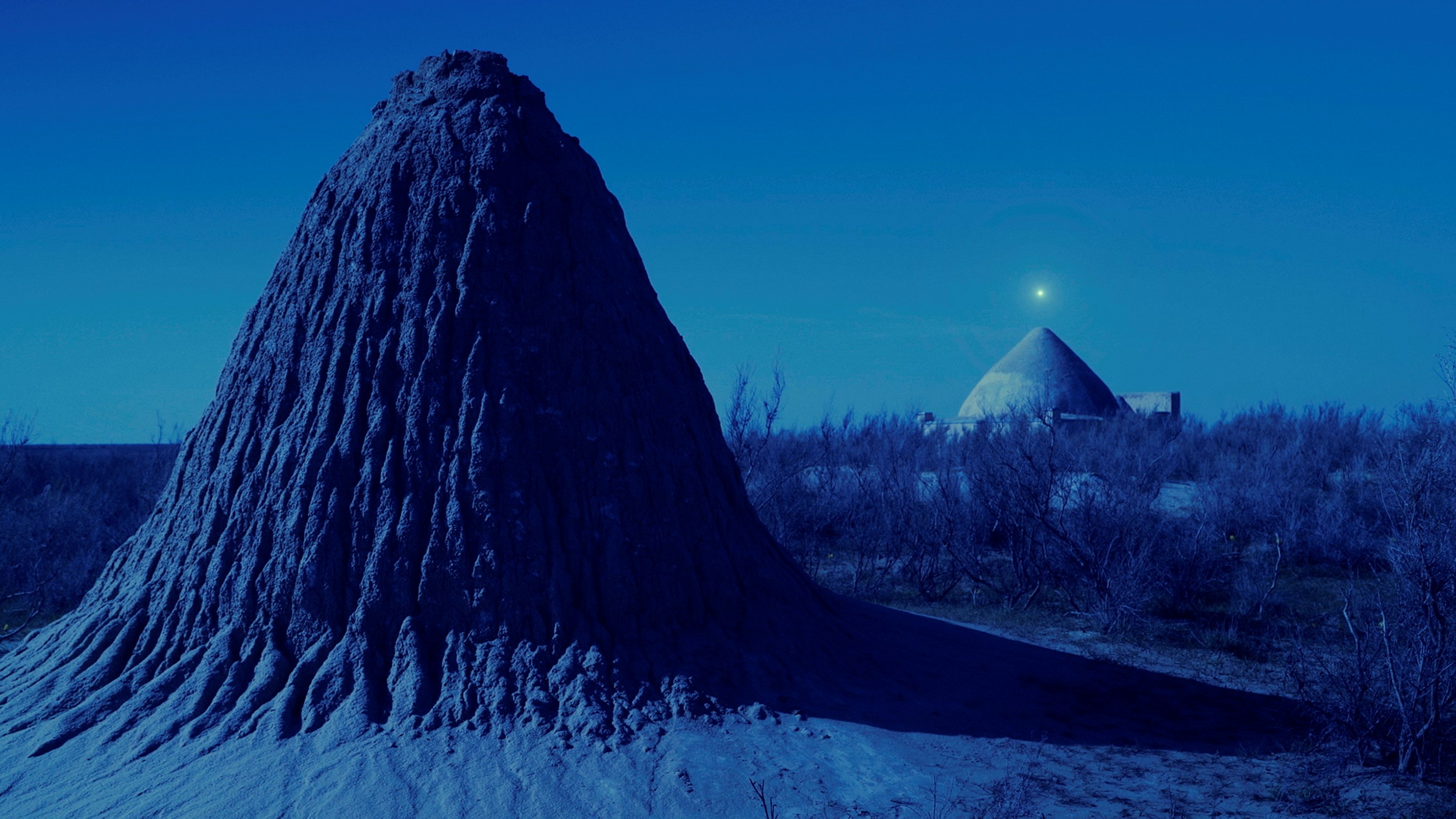Oskar Fischinger (1900–1967):
Experiments in Cinematic Abstraction
December 16, 2012–March 17, 2013
EYE
IJpromenade 1, 1031 KT Amsterdam
The Netherlands
Hours: daily 11–18h
In December 2012 the new EYE film museum in collaboration with the Center for Visual Music, Los Angeles, present a major exhibition dedicated to one of the foremost pioneers of animation and abstraction in cinema, Oskar Fischinger (1900–67). Fischinger created a new abstract film language that parallels and interacts with musical qualities. In 1920, Fischinger started developing a unique oeuvre of more than fifty films, experimenting with numerous technically advanced methods of producing his highly artistic abstract films, animations and special effects. These ranged from his very early wax-slicing animation machine, to his radical manipulation of synthetic sound in order to extract sound from images, and to live performances using his Lumigraph color-light instrument. Fischinger was a true virtuoso in the way he created highly complex films that develop dynamic rhythms, harmonies, and counterpoints. Fischinger played an important and influential role in the development of early abstraction in film during the interwar period. In 1926, Fischinger began working with multiple projector cinema performances, creating some of the earliest cinematic immersive environments, precursors to expanded cinema.
Emerging from the Absolute film movement in Berlin in the 1920s, Fischinger’s abstract film experiments exploring time, motion, and music resulted in a groundbreaking series of black and white studies synchronized to music (1929–34), which were screened in first-run theaters worldwide. Using music to give his abstractions a more accessible compositional structure, he paved the way for an art form that came to be known as Visual Music. Rather than being direct expressions or illustrations of music, his sound films explore various relationships between image and sound.
From 1933 onwards Fischinger created the abstract color films Kreise (Circles, 1933–34), Quadrate (Squares, 1934) and Komposition In Blau (Composition in Blue, 1935) in which he explored the interplay of abstract shapes and color using the new Gasparcolor three-color process.
Oskar Fischinger’s Berlin years (1927–36) were highly successful, with respect to both his art and its appreciation. Fischinger’s films were screened by Moholy-Nagy at the Bauhaus, and most of his black and white studies were distributed throughout Europe, the US, South America and Asia.
The Nazi rise to power and condemnation of “degenerate art” made it increasingly difficult for Fischinger to continue work on his abstract films, and in 1936 the celebrated German émigré film director Ernst Lubitsch invited Oskar Fischinger to Hollywood.
In his first years in California, Fischinger worked for various major Hollywood studios, including designing an animation sequence for Disney’s Fantasia. His ideas on abstract animation, however, were entirely at odds with the artistic restrictions of the Hollywood studios. Nonetheless, Fischinger made a number of films in the US, including An Optical Poem, Radio Dynamics, Allegretto, Motion Painting Nr. 1 and An American March. All are beautiful and complex abstract film works that demonstrate Fischinger’s talent and artistry.
Ultimately, he found no success in Hollywood and was finally forced to give up filmmaking due to lack of support. Fischinger spent the last twenty years of his life painting and working on various small-scale tests and inventions. During these years, however, Fischinger increasingly became an influence to the American avant-garde. Filmmakers such as Jordan Belson, Harry Smith, John and James Whitney, Maya Deren, and many others paid visits to Fischinger’s studio in Hollywood.
The exhibition at EYE includes Fischinger’s most important films and many original, never previously exhibited animation drawings that Fischinger used to shoot his films frame by frame. This is supplemented by paintings, notated music scores and documents. The exhibition includes Raumlichtkunst (ca. 1926/ 2012), Center for Visual Music’s new restoration and recreation of Fischinger’s multiple projector performances of the 1920s, presented as a three-screen installation.
Publication
A richly illustrated monograph on Fischinger is published to accompany the exhibition. In the publication, attention is paid to the positioning of his work within the international avant-garde, to animation, music, painting, Hollywood, and his influence on today’s filmmakers, artists and animators. Furthermore, the book contains documents never previously published, such as texts by Fischinger himself, and it includes a filmography and bibliography.
Accompanying program
For the duration of the exhibition, EYE organizes a rich accompanying program of films and activities in the auditoria, announced at www.eyefilm.nl.
The exhibition is co-organized by EYE and Center for Visual Music.
The exhibition is curated by EYE’s Director of Exhibitions Jaap Guldemond and Cindy Keefer of the Center for Visual Music. The publication is co-edited by Guldemond and Keefer.
Generous support for the exhibition has been provided by the VSB Fonds, the Goethe-Institut Nederland and the German embassy.

